
For the average drinker who can’t discern, there is a lot of subtleties and differences with each expression of single malt scotch whisky, and who better than Stuart Fear, Asia Regional Ambassador for GlenDronach, Benriach and Glenglassaugh, to help us discern and differentiate. We speak to him about these 3 distinct distilleries, styles and most common misconceptions.
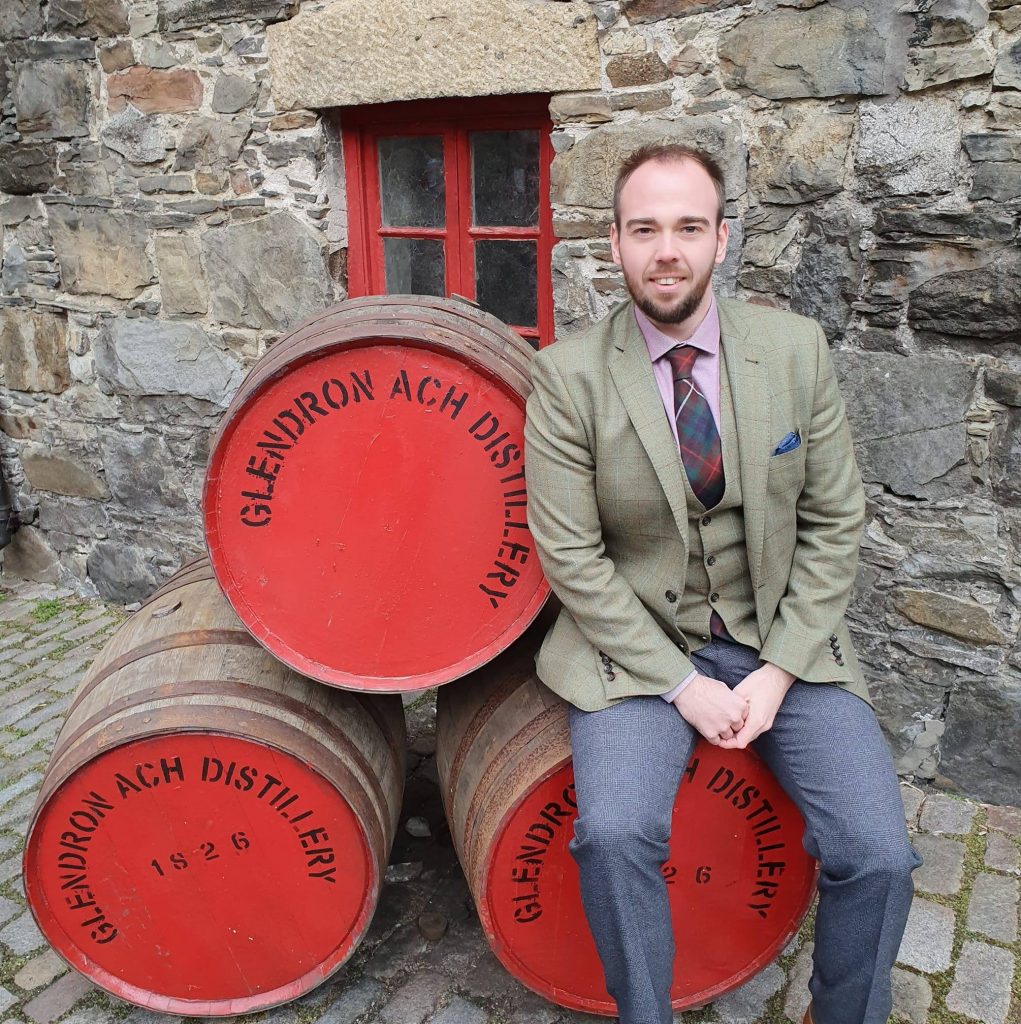
Stuart Fear, Asia Regional Ambassador for GlenDronach, Benriach and Glenglassaugh
Stuart Fear is the Asia Regional Ambassador not for only 1 brand, but 3 under Brown-Forman’s rosters, including GlenDronach, Benriach and Glenglassaugh. Each of these single malt Scotch whiskies have different characteristics and flavours, which is affected by technique and environment.

Can you tell us about your background?
Living in Taiwan for over 10 years, I originally moved here to learn Mandarin and eventually went on to study Chinese Literature. With a Scottish heritage whisky was always close to my heart, but it wasn’t until after university I started to seriously learn about it. I started to write a whisky blog and host tastings for Scotch enthusiasts, and then in 2016 my hobby turned into my career. After 3 years as a local ambassador in Taiwan I took up the role of Asia Regional Ambassador for GlenDronach, Benriach and Glenglassaugh.
Can you tell us about the philosophy of Benriach, Glendronach and Glenglassaugh?
Three single malt distilleries, all very close but with very different stories and characteristics. Benriach, is dedicated to creating a World of Flavour and creating unique whiskies that no other distillery can. GlenDronach, is a true Sherry Cask Connoisseur producing some of the richest and most robust whiskies on the market; and Glenglassaugh, is a whisky Shaped by Land and Sea.
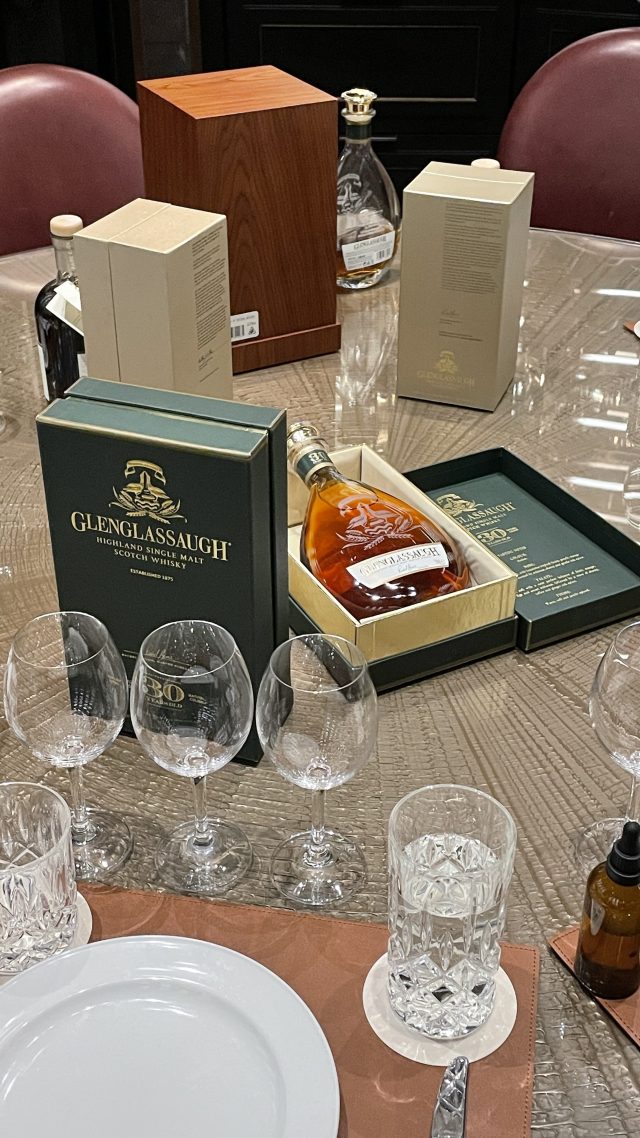
What differentiates them and what do they have in common?
Our three distilleries still produce whisky the old-fashioned way to ensure we maintain the highest quality and flavours for decades to come. All our Single Malt whiskies are blended by Dr. Rachel Barrie who has 30 years’ experience. Despite our three distilleries being close to one another, they all have their own distinctive personalities.
GlenDronach is one of the oldest distilleries in Scotland with almost 200 years history. It is world renowned for its rich and robust character which is perfectly matched because of long maturation in Spanish Sherry Casks. We pride ourselves as being one of the leading Sherry Cask Connoisseurs in Scotland.
Benriach is all about creating a World of Flavours in every glass. With 3 different styles of spirit produced (classic, smoky and triple distilled) and with maturation in casks sourced from all over the world, we can produce flavour combinations that other distilleries can’t even dream of.
Glenglassaugh is Shaped by Land and Sea. The Highland Coastal location influences the whisky, every drop bursting with tropical fruits kissed by the North Sea air.

Tell us a common misconception about peated vs non-peated whiskey?
That all peated whisky makes you think of visiting the dentist; it smells like medicine, iodine or TCP. It is true that medicinal peaty style does exist, but this is more common on the Islands and Islay. However, the sort of peat we use for our new Benriach range (Smoky 10/Smoky 12) is sourced from the Highlands and gives aromas of a campfire or smoky BBQ. Sweet Smoke as we like to refer to it.
For the novice: What does ageing do to whisky?
Scotch whisky regulations states all Scotch Whisky must be aged in oak casks for a minimum of 3 years; but almost all whisky is aged a lot longer, just recently we released 50 year old expressions from, GlenDronach and Glenglassaugh. The age on the bottle represents the youngest whisky in the bottle, ex. if it says 12 years old on the bottle there might be older but non younger than 12. Flavour wise, younger whisky shows more of the distillery characteristics, but as it gets older the flavour of the oak cask becomes increasingly present making the whisky richer and more robust.
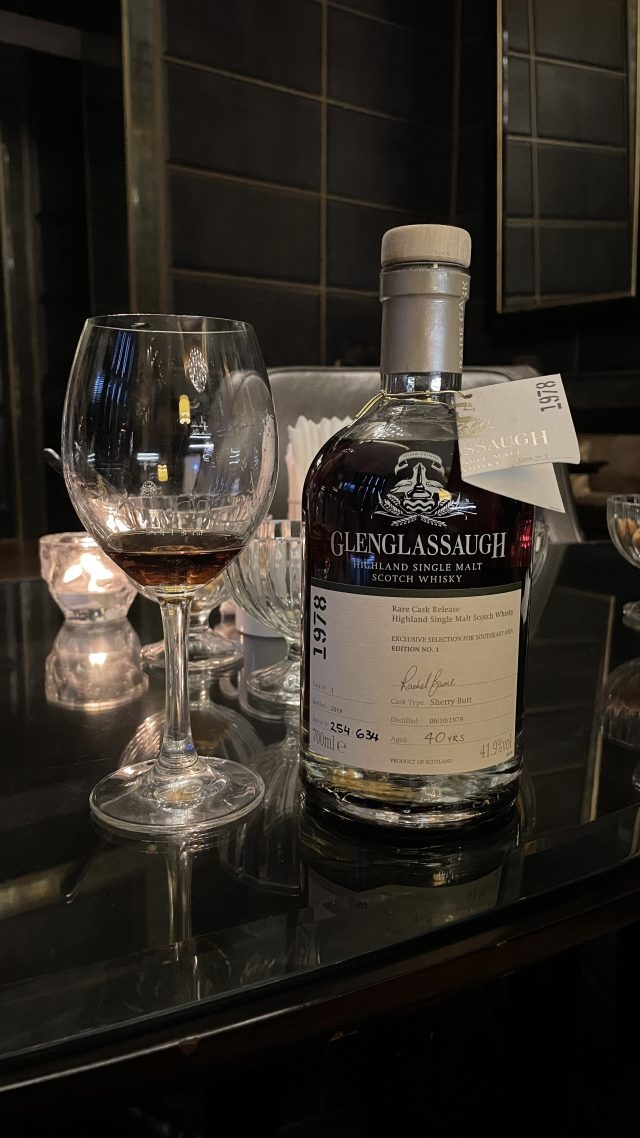
For the Intermediate: What causes a peated whisky to become smoky?
In the early days of whisky making the most accessible fuel for production was, peat. Peat just looks like a piece of dirt that has no specific aroma, but as you burn it a strong smoke is released. In the whisky making process peat is sometimes added to the kilning stage which imparts a smoky aroma on the barley. This smoky aroma stays throughout the distillation process and is even present decades after maturation.
For the advanced: How does its geography and terroir affects a whisky’s taste?
Nowadays most distilleries don’t want to talk about terroir, the process is becoming less localized as demand and distilleries grow. A large proportion of barley used in whisky making is not from Scotland, by Scotch Whisky Regulations barley can come from anywhere in the world. Another factor for terroir is the aging process, a lot of whisky does not mature where it was made. It must be aged in Scotland but does not need to be at the original distillery. Therefore, you have whisky maturing in the Lowland that was produced 300miles away in the Highland. At our distilleries, we believe in terroir and its affects on the whisky. Therefore, all our barley is from the highlands and all our whisky matures at our distilleries.
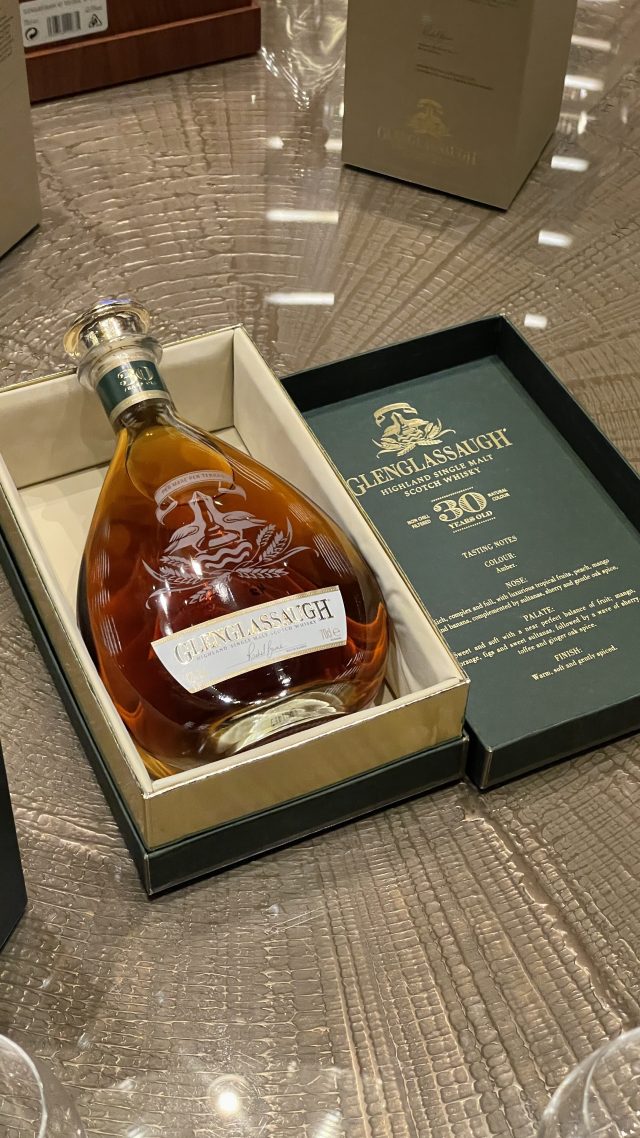
For the industry: How does a whisky’s distillation process affect its flavour?
No one element of the whisky process determines flavour. With our three distilleries we try to stay as traditional as possible, so we only use local malted barley, we also continue traditional distillation methods which are controlled by hand by our skilled craftsmen. You could say the distillation process if the DNA of the whisky, and the maturation is the external influence. Cask impacts a lot of flavour onto the whisky, it is said around 70% of the flavour comes from the cask. The two most common casks are bourbon and sherry, the first given more vanilla, honey and fresh fruit notes, and the latter giving more dried fruits and chocolate flavours. Time is the most precious thing; you cannot go back 12 or 18 years to change the flavour of the whisky. So, it is very important we use the best casks now to ensure we have the best whiskies in the future.
What are some common misconceptions about whiskies?
It all just tastes like whisky – this is the biggest misconception, and to a newcomer whisky can taste all very similar. However, there are no two whiskies the same, some might be similar in style but always individual. Drinking whisky is a journey, you need to explore and try different varieties to find the one you love. Always remember, there is only one whisky which is the best in the world, and that’s the one you like the most!
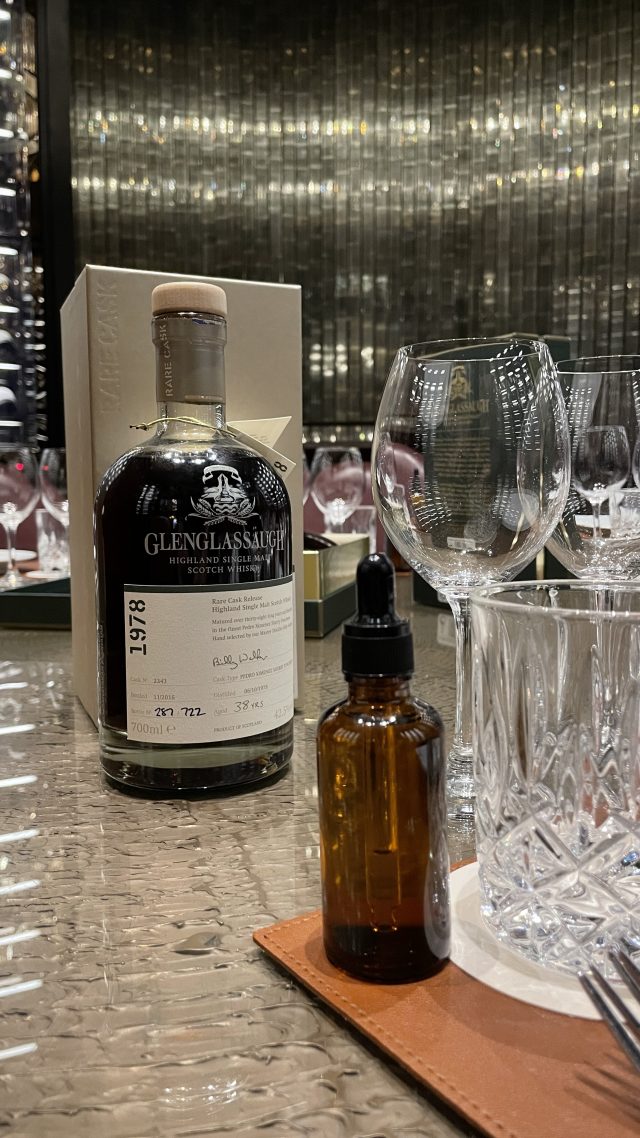
How does a distillery maintain the consistency in the taste / quality in their whisky
For whisky we are always thinking 12, 18, 25 or even more years into the future. The whisky we make today won’t be enjoyed for another decade or more. To ensure we maintain our quality and taste profile we keep our production consistent. We are still using locally sourced barley, our original water supplies, and the traditional methods which are known to create our distinctive characters. And of course, we are relying on our Master Blender, Rachel Barrie to ensure every whisky we produce is a true representation of the distillery.
What is the current trend with cask strength whiskies?
Many people believe a cask strength whisky will always be high ABV, close to 60% but this is not always the case, in fact many older whiskies will have a low ABV due to the increased Angel’s Share. Cask Strength just means a whisky in its natural ABV strength, no water added. Cask strength will give you an explosion of flavour in every sip, it also gives the drinker and opportunity to experiment with water to find the perfect ratio for the best taste. Now you also here a lot about “Single Cask” whisky, which is whisky in its rarest form coming from one single cask. No blending, no dilution, truly whisky in its most natural form.
| PHOTOGRAPHY: NICHOLAS NG & BROWN-FOREMAN | WEBSITE: BROWN-FOREMAN |